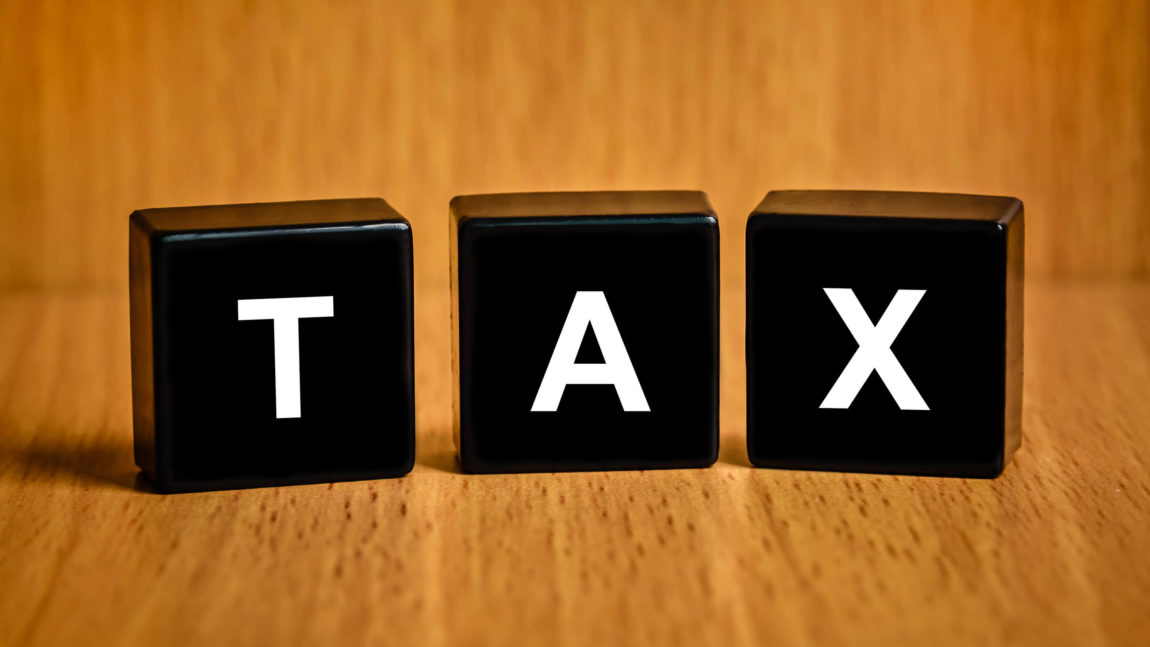Tax relief on Income Protection premiums, certainly makes it a more affordable insurance benefit (with 40% relief for higher income earners) but, it’s important to understand how this premium tax relief is granted when taking out the policy, albeit as an Employee, Self-employed, or as Limited Company Owner.
How to claim tax relief on Income Protection Premiums.
If you’re lucky enough to be in an employer-sponsored Income Protection Scheme, your tax relief is automatically provided through payroll, however, if you have taken out Personal Income Protection, it takes a little effort on your part.
Here’s what to do:
Claiming Your Premium Tax-relief
When you set up your Income Protection policy, the insurer will provide you with a “Tax Relief Certificate” at policy inception and every year thereafter. If you’re a PAYE employee, or Self-employed, you simply need to submit this to Revenue to allow them to adjust your tax credits.
Then, once your tax credits are adjusted only the net cost affects your pocket.
1. Company Owner – Executive Income Protection
If you’re a company owner, claiming personal tax relief is not an issue, because you can use the company bank account to pay the premium.
2. Self-employed – Personal Income Protection
If self-employed, the tax relief can be claimed when you file your end-of-year tax return. Self-employed individuals can register and use ROS.
3. PAYE Employee – Personal Income Protection
If you’re an employee, once your tax credits are adjusted, you can benefit from your tax relief every month, but remember to prove to Revenue that you’re maintaining your income protection payments, you must submit a new certificate every year.
How to claim Premium Tax Relief?
For Personal Income Protection, you can claim the relief by following these steps:
- Sign into myAccount
- click on the ‘Manage your tax’ link in PAYE Services
- select ‘Claim tax credits’
- select ‘Health’ and ‘Income Continuance’.
Running your Income Protection Quote
Get your instant, unbeatable Income Protection Quotes.



